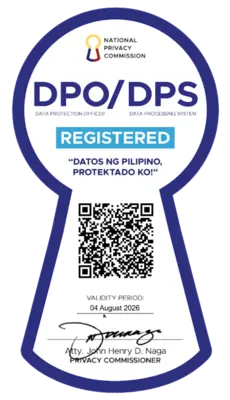Text, scam calls drop in Q2; but URL-based scams rise — Whoscall

Caller ID and anti-fraud app Whoscall on Tuesday reported a drop in the number of scam text and calls in the April to June 2025 period, but saw a rise in URL-based scams distributed through social media and messaging platforms.
In the second quarter 2025 Philippine Scam Report, Whoscall said it saw a “dramatic drop” in traditional scam incidents, particularly SMS or text scams, down by 94.95% to 65,035 from 1.28 million in the same period last year.
Compared to the first quarter of 2025, text scams decreased by 89.97% from 648,239.
Mel Migriño, country head and general manager of Gogolook in the Philippines, attributed the decline to combined efforts between authorities, the private sector, and the public.
Gogolook Co. Ltd. is the trust tech company behind Whoscall app.
“This significant drop is the result of collective action — from government and private-sector innovations to increased awareness and reporting by ordinary Filipinos. It shows that strong collaboration works,” said Migriño.
Likewise, Whoscall reported that scam call incidents dropped by 74.20% to 34,964 during the period from 135,535 in the second quarter of 2024.
Quarter-on-quarter, scam calls decreased by 90.05% from 351,699 in January to March 2025 period.
“We can’t let our guard down. Every report and every effort helps make the digital space safer for everyone,” said Migriño.
Despite the significant drops in scam calls and texts, Whoscall flagged the rise in “risky URLs” during the period.
It defines risky URLs (uniform resource locators) as potential threats to users’ security, privacy, or financial information when clicked or visited.
Whoscall said these links are distributed on social media platforms and messaging applications.
The said links often lead to malicious, deceptive, or unauthorized websites and are commonly used in online scams, phishing attacks, and malware distribution.
The total number of risky URLs grew by 37.74% in the second quarter of 2025 to 18,735 from 13,602 in the first quarter.
Broken down, loan-related URLs rose by 19.68% to 9,930 from 8,297.
There was also a 57.46% rise in links related to promotions, rewards, and incentives to 4,497 from 2,856; while adult gambling-related links jumped by 75.91% to 4,308 from 2,449.
Migriño said the trend may be due to scammers shifting their tactics as authorities and the private sector continue to tighten measures against traditional SMS and call-based scams.
“The joint effort of the government and private sectors minimized scam calls and SMS scams. However, scam actors are now shifting to other platforms, such as social media and messaging apps, to continue their operations,” she said.
Migriño said many of the scams now involve luring users into clicking suspicious links, “which may explain the sharp rise in reports involving URLs.”
“The challenge lies in cracking down on deceptive content embedded in apps where Filipinos spend most of their screen time. This partnership with platforms, public education, and real-time takedown coordinator remain key priorities moving into quarter three,” said Cybercrime Investigation and Coordinating Center (CICC) Deputy Director Assistant Secretary Aboy Paraiso. — BAP, GMA Integrated News




